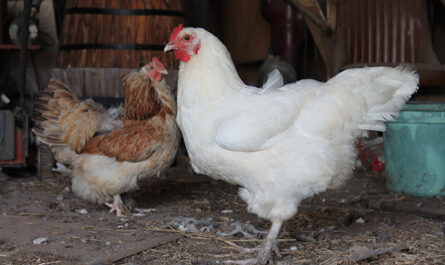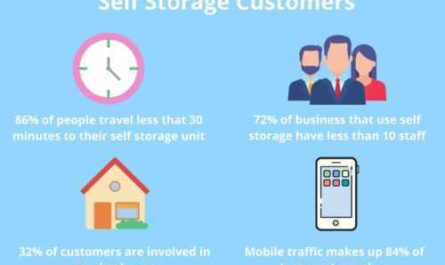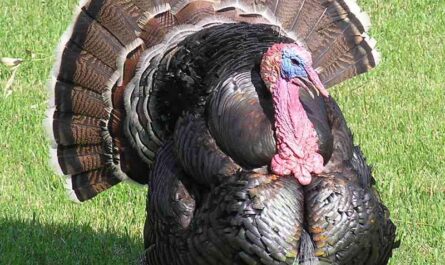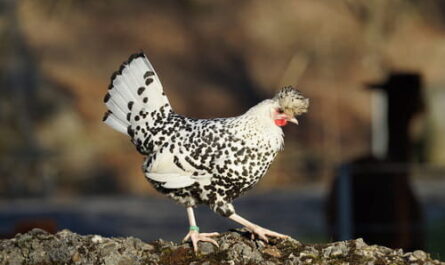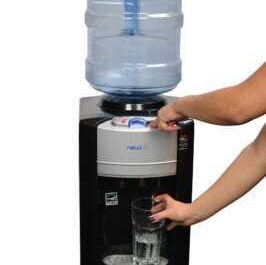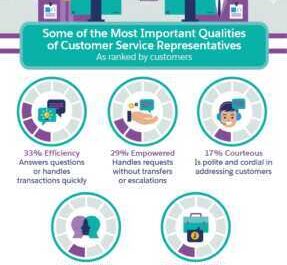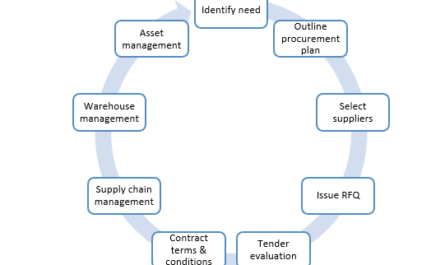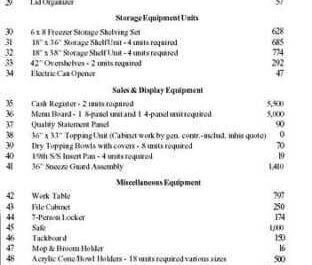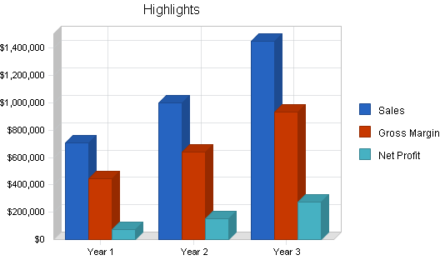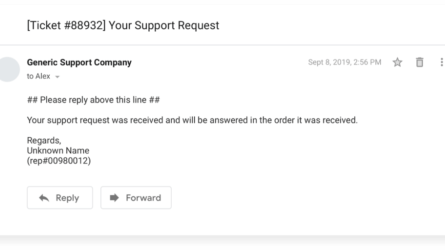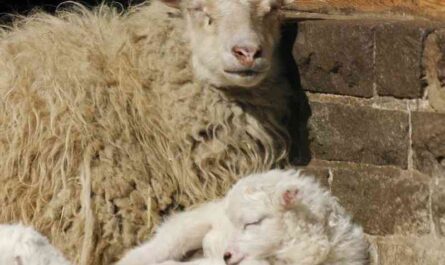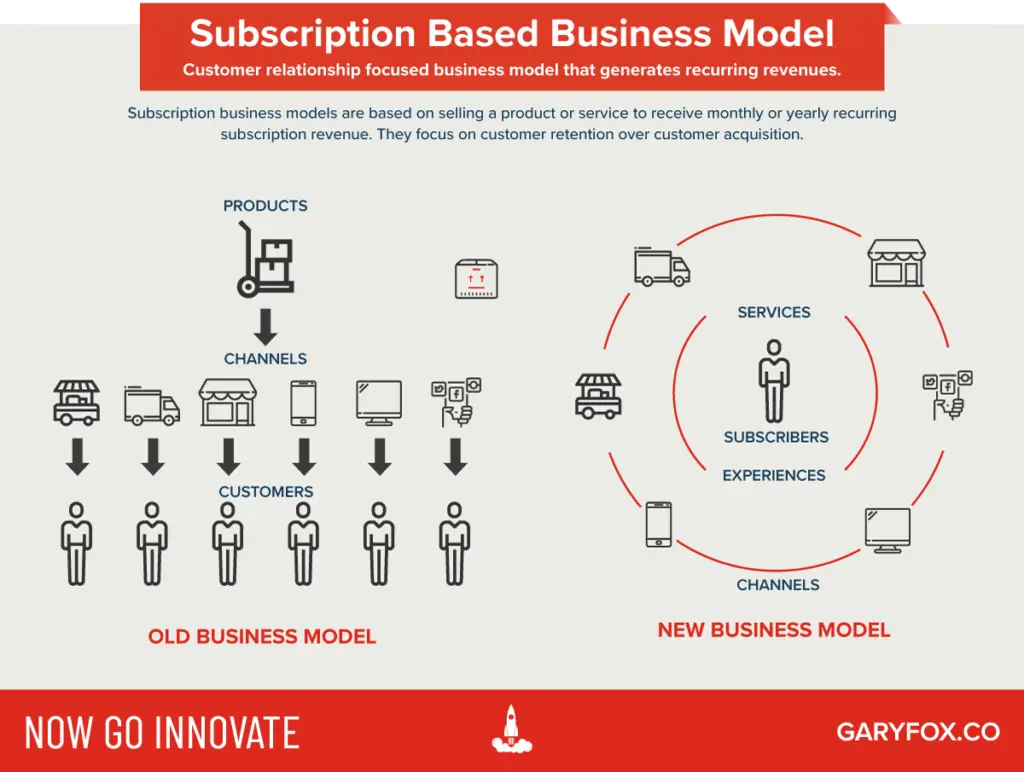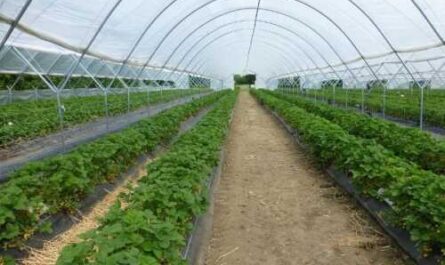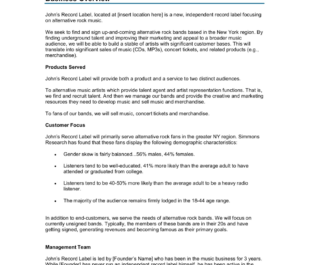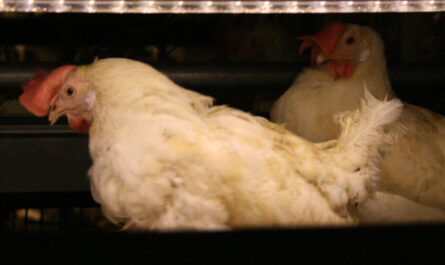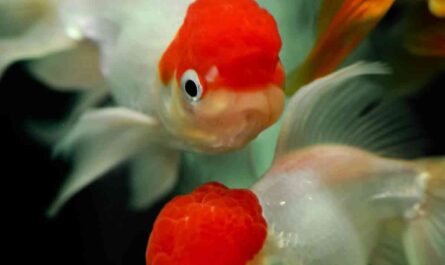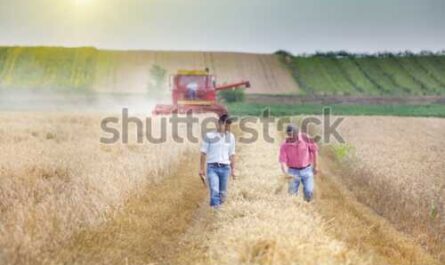Commercial lobster farming is a very profitable business. The industrial production of lobster is not very old. This is a relatively new business idea and modern commercial farming techniques have been used since the turn of the 20th century.
Lobster is actually a delicious seafood. It is very popular and loved by many people around the world.
Clean water, a healthy location and good food are the main factors to consider when starting a lobster farming business.
Lobsters are actually a family of large marine crustaceans. They have long bodies with muscular tails. They live in all the oceans, on rocky, sandy or muddy bottoms, from the coasts to the edge of the continental shelf.
Lobsters usually live alone in crevices or in burrows under rocks. 3 out of 5 pairs of legs have claws, with the first pair usually much larger than the others.
Lobsters are highly valued as seafood and very important economically. They are often one of the most profitable commodities in the coastal areas they inhabit.
Lobsters are usually caught using single-sided baited traps and a color-coded marker buoy to mark the cages. They are usually caught at depths ranging from 2 to 900 meters (although some lobsters can live down to 3,700 meters).
Commercial lobster farming is not yet very popular, mainly due to the tendency of lobsters to cannibalize and the slow growth of this species. However, here we will try to elaborate on the management methods of a modern lobster farming business.
Benefits of a Lobster Farming Business
Here we try to outline the benefits before discussing in detail the steps to start a lobster farming business.
In fact, starting a commercial lobster farming business has many advantages. You can start this business if you have enough capacity.
- Commercial lobster farming is a relatively new business idea. And you can take advantage of this opportunity to make a profit.
- You can easily start this business if you live near the coastal areas.
- The industrial production of lobsters is a profitable activity. It can therefore be a good source of employment, especially for the unemployed.
- The demand and the price for lobster are very good. So that’s a big advantage.
- Selling lobsters is very easy. Lobsters are already very popular all over the world. This way you don’t have to worry too much about marketing.
- The lobster is very tasty and delicious. And you can enjoy fresh lobster if you start your own lobster farming business.
How to Start a Lobster Farming Business
Raising lobsters is not as easy as raising other types of fish. There are several steps you need to take to start this business.
Here we try to outline all the steps needed to successfully start and run this business.
Choose a good place
First, try to choose a very good place to start commercial lobster farming. You can buy land or consider renting it.
But when choosing a plot, you should look for basic amenities. And these facilities include good clean and fresh water source, nearby lobster larvae source, good transport interchange, and it will be better if the selected area is free from pollution and noise.
Determine your lobster farming method
Your lobster farm doesn’t have to be oceanfront. But you will have a hard time getting lobster larvae unless you are near the ocean as lobster larvae are not well tolerated.
Most lobster species live in salt water. So you will either need a direct source of seawater or you can buy a salting kit for the clean water you already have.
You can raise lobsters in two different ways, such as on land or in an aquarium, or in an open sea cage system. You can choose any system depending on the facilities available in your area.
ground system
You can successfully implement a ground containment system with appropriate environmental conditions. Critical water quality parameters include the concentration of dissolved oxygen, ammonia, nitrate and carbon dioxide.
The nitrate concentration, pH, salinity and alkalinity in the system are also needed. Un-ionized ammonia is more toxic than ionized ammonium.
The concentration of ammonia in the culture water must be less than 2 mg per litre, and it depends on the water temperature and pH.
During moulting and after feeding, the need for oxygen increases, and this usually happens at night. And it will directly affect the growth of the lobster if the optimum oxygen is not provided.
While lobsters can tolerate gradual changes in salinity within a limited range, sudden dilution can lead to stress, disease susceptibility, and mortality.
Internal tank system
This system generally uses the RAS system. Most of the water is reused in the recycling system after waste disposal.
The recirculation system removes all solid waste, ammonia and nitrites, carbon dioxide and aerates the water which is returned to the supply system.
Solid waste is removed by mechanical filtration, ammonia and nitrites by biological filtration and carbon dioxide by the air-water interface.
In flow systems, water is pumped to another reservoir. Water flow is determined by stocking density and feeding intensity. Incoming water must be free of deposits. [1]
Open sea lobster cage farming system
This is a common and popular lobster farming system. Juveniles are placed in a cage and fed twice a day with mussels and trash fish.
Although some people also feed commercially prepared diets to lobsters. These feeds have good conversion rates.
Selection of lobster species for commercial production
There are many types of lobster in the world. You can choose one based on availability in your area.
Some of the most common and popular types of lobster are adik adik, bamboo and tiger lobsters. These species generally grow faster and have very good demand and value in the international market.
These three species are distinguished from each other by name. Adik-adik lobster has a red-black color. Bamboo lobsters have striped legs and look like bamboo.
But lobsters have spotted legs. You can choose one of these races depending on your location and the type of production you want.
However, you should choose the types of lobster that are readily available in your area. You can consult some farmers in your area.
Purchase of larvae and stocks
Purchase larvae from any supplier in your area after selecting the desired species. Good stocking density depends on many factors. You can check out some of the existing manufacturers in your area.
some products
Lobsters are omnivores and generally eat live prey such as fish, crustaceans, other crustaceans, worms and certain plants. They scavenge when necessary and have been known to resort to cannibalism in captivity. [2].
In industrial production, lobsters are usually fed mussels and trash fish twice a day. But formulated diets are also used. And these channels have good conversion rates.
reproduction
Lobsters are naturally very good breeders. They reproduce easily under natural conditions. Although it is possible to rear and produce larvae in hatcheries.
Care and other management
Lobster care is a very important part of commercial lobster farming. So always try to take care of your lobsters.
Always try to give them very good and nutritious food. Monitor their health regularly and always try to maintain good contact with a specialist in your field.
Harvest
You can expect to catch lobsters when they reach the minimum marketable size. The lobsters are carefully hollowed out with nets so as not to harm the species.
Most species of lobster die on contact with fresh water. So don’t harvest when it rains.
After harvest
Lobsters are classified as new, hard or old. Sorting is a very important post-harvest task. Because recently fallen lobster is the most tender and expensive.
yield
It is impossible to name the exact amount, as it depends on many factors.
Marketing
Selling lobsters is very easy and simple. Because lobsters are already in high demand and appreciated both on the national and international market. This way, you will probably be able to easily sell your products in the local market.
These are the general steps and ways to start and run a successful lobster farming business. I hope this guide has helped you! Good luck and God bless you!
video
